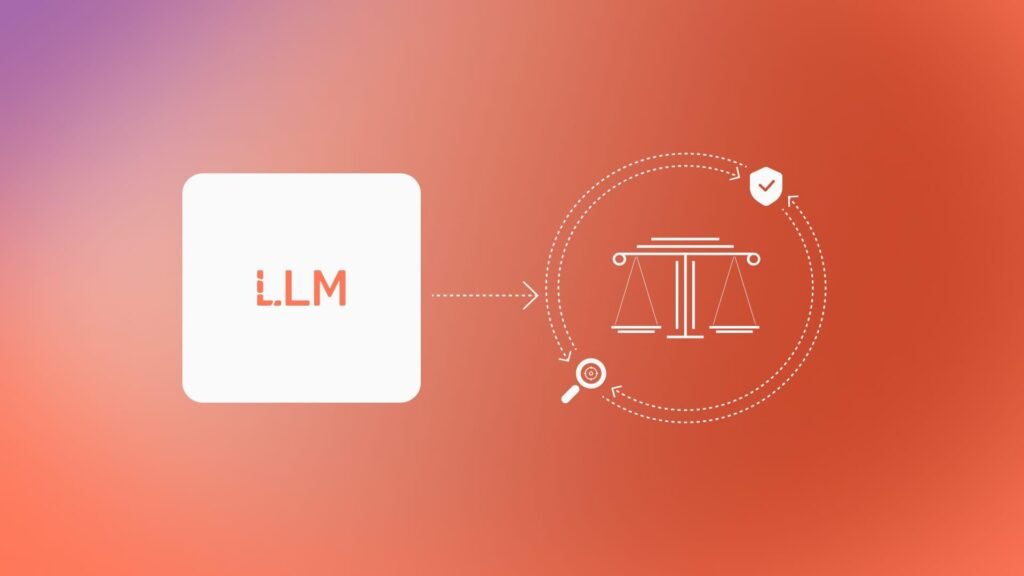If you are interested in AI or the tech industry, I’m sure you’ve heard the term ‘large language model(LLM)’ or ‘Natural Language Process(NLP).’ In this blog, let me unpack what they mean, how they are utilized, and what makes them beneficial in various fields.
First, NLP and LLM are most commonly utilized for generative AI chatbots. ChatGPT was an NLP model that first made most people wonder what NLP and LLM are.
NLP is the technology that allows computers to interpret, utilize, and understand human language. In particular, ChatGPT employs NLP to generate a human-like manner. It seeks to empower computers to comprehend and interact with human language, exemplifying this by engaging in conversations, providing answers, and offering various suggestions for users.
In generative AI chatbots, NLP could also be used in ‘finance.’ NLP has become a crucial tool in the financial industry, enabling companies to analyze vast amounts of text data from various sources like social media, business news articles, and economic reports. This technology helps predict economic changes and market movements, providing valuable insights for asset managers, central banks, and financial professionals. NLP chatbots, powered by advanced AI algorithms, offer dynamic interactions and learn from each user interaction. Bank of America, HDFC of India, and Garanti BBVA Turkey are already implementing innovative NLP chatbots for their customers. Beyond customer-facing applications, NLP also has significant administrative uses in finance, such as efficiently scanning documents for patterns and anomalies, saving countless hours of human labor.

Large Language Models (LLMs) are advanced artificial intelligence systems trained on vast amounts of text data to understand and generate human-like language. These models, including the one used in ChatGPT, utilize deep learning techniques, particularly transformer architectures, to process and generate text. LLMs learn patterns, context, and relationships within language during their training phase, allowing them to perform various language tasks. ChatGPT’s underlying LLM employs techniques like attention mechanisms and self-supervised learning to understand the nuances of language and produce coherent, relevant outputs. This technology has revolutionized natural language processing, allowing AI systems to engage in human-like conversations and assist with complex language tasks across numerous domains.
The legal industry is increasingly adopting large language models (LLMs) to transform various aspects of legal work, enhancing search, discovery, and document review processes. LLMs improve client relations by processing natural language queries and assisting with cross-referencing, researching, and classifying unstructured text. However, caution is crucial when using LLMs in legal research due to potential “hallucinations” or inaccurate information generation. Legal professionals must verify LLM-produced information and not rely solely on these tools for tasks requiring specific expertise. While LLMs can reduce complexity in repetitive legal processes, they are not replacing human lawyers. Instead, they are changing lawyers’ roles, enhancing efficiency while requiring human oversight, critical thinking, and expertise.

In conclusion, the emergence of Natural Language Processing (NLP) and large language models (LLMs) has revolutionized how we interact with technology. From generative AI chatbots to financial analysis and legal applications, these technologies are proving to be powerful tools that enhance efficiency, provide valuable insights, and streamline complex processes. However, as seen in the legal industry example, integrating LLMs and NLP technologies is challenging. While they offer significant benefits in speed, accuracy, and data processing capabilities, they also come with potential risks, such as inaccuracies, biases, and ethical concerns. Professionals across all fields must approach these technologies with a balanced perspective, leveraging their strengths while being mindful of their limitations. As we progress, the key to successfully harnessing the power of NLP and LLMs lies in responsible implementation, continuous learning, and human oversight. By staying informed about technological advancements, adapting to new possibilities, and maintaining a critical eye, we can maximize the benefits of these AI technologies while mitigating potential drawbacks.
Leave a Reply